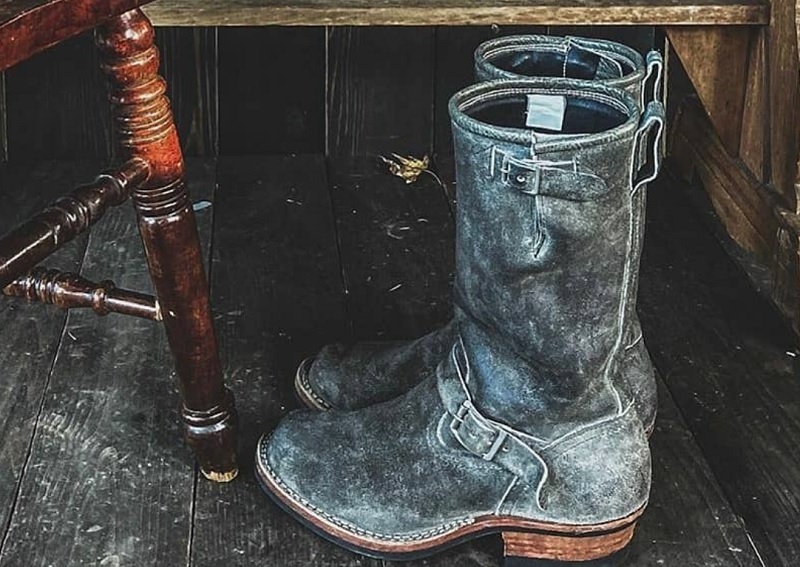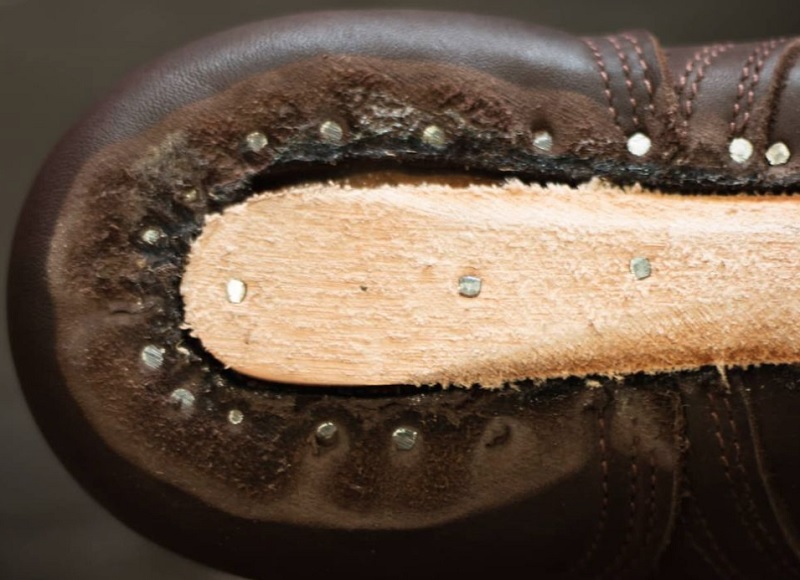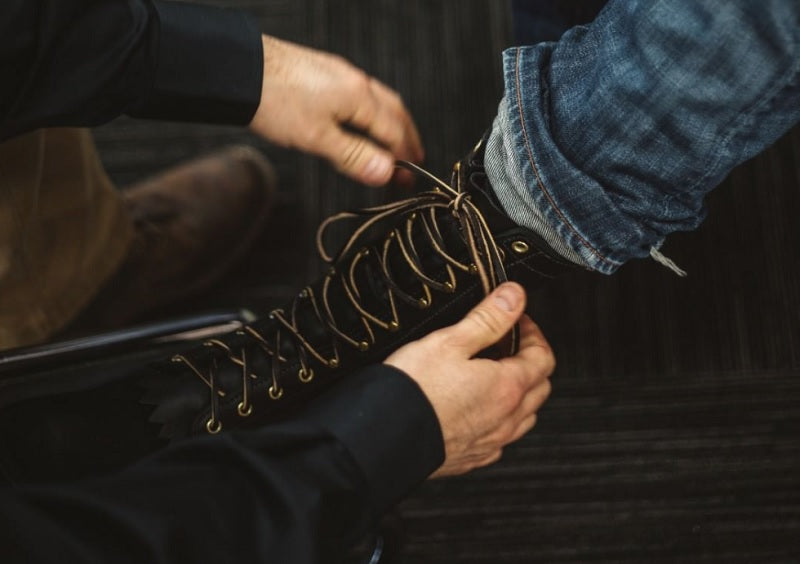Engineer boots require a more precise fit than arguably any other kind of boot for the best results, because they are pull-on boots rather than lace-up.
It's critical you invest in a pair that fits correctly, or else they'll either be uncomfortable to wear due to being too tight, or will feel completely wrong due to fitting too loosely.
Engineer boots don't make the best work boots, but they make some of the best motorcycle boots you can get. A quality pair is sturdy, comfortable, keeps your feet protected and - let's face it - look cool.
You can look sensible or you can look awesome. Why not choose the latter?
So, let's go over the fit needed for engineer boots.
Engineer Boots Have No Laces, So Fitment Is Critical

The trick with engineer boots is that they have to fit just right or else they don't really fit very well at all.
Many have an ankle and a top strap to add a little bit of support, but that won't make a pair of boots fit well if they don't to begin with.
You need a delicate balance of the boots being snug, but not so tight that they are uncomfortable to wear, and getting that right is not easy.
The heel cup has to set against the heel so it's supported by the boot, but can't be too loose (allowing the heel to move around in the boot) or too tight, causing chafing.
There needs to be enough tension around the ankle to keep your feet inside the boots, but not so much that you can barely get them on or for that matter take a layer of skin off the top of your foot.
When you walk, the heel has to stay planted in the heel cup, and there has to be enough tension at the top of the foot to keep you from slipping out of the boot.
Tightening the ankle strap is only going to do so much; again, your engineer boots either fit correctly or they don't. You can't make a pair of boots fit if they don't to begin with.
So you have to start with a pair of boots that fits to begin with.
You Should Have Enough Room To Be Comfortable But Not Too Much

A good pair of engineer boots have to be snug enough to stay on your feet, but have to be comfortable enough for you to wear them over the course of a good long ride. A good pair of motorcycle boots can make the morning commute or a ride of hundreds of miles without issues.
So, what does that mean for motorcycle boots?
The heel has to be set in the rear of the boot. You should notice a little bit of lift as you walk, but not that much. In other words, you should feel your heel just start to lift out of the heel cup but no more than that.
The toe box should allow the feet to have some wiggle room. Your feet should be able to articulate as they normally would, but there can't be so much room that your feet are swimming.
When you walk, you should feel the boot moving with your foot, rather than your foot moving the boots!
That's a key indication you have a good fit, since there's enough friction between the foot and the boot for them to work together, but you also shouldn't feel as if your toes are pinched, cramped or any part of the foot is chafing.
When riding, you should be able to use the pedals and otherwise keep your feet in place without issue. The boots need to feel as if they aren't sloshing around inside the boots.
Tight enough to move with your feet, but not so loose that your feet are moving around inside them. Buying engineer boots at the store or online is a huge gamble, whereas having them custom-fit for you will ensure you get the necessary fitment.
A Pair Of Engineer Boots Should Feel Like A Big Pair Of Slippers
Once broken-in, a really good pair of engineer boots should feel like a really big pair of slippers.
As the footbed molds to your feet, they take the shape of the foot and fit precisely to your footprint. This gives you support where your feet need it. As the heel and footbed reduce shock and vibration, you get a pair of boots that fits you precisely...just like a great pair of comfy shoes.
The leather will wear in, softening with time but still fitting to your feet, ankles and lower leg. Stiff at first, but eventually becoming incredibly supple and developing patina to show the miles you've covered.
Invest in the right pair of engineer boots that fit correctly and are made with quality materials, and you'll never want to wear anything else on the road.





































